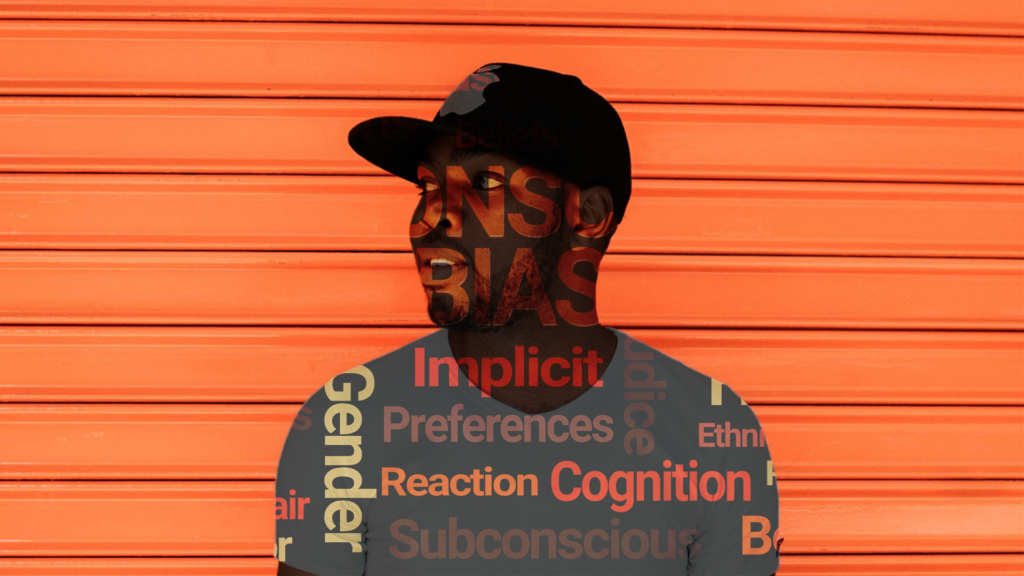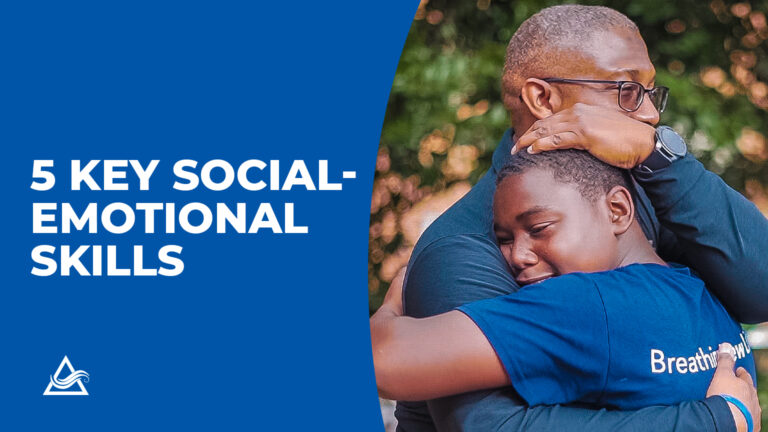Thoughts and feelings are “implicit” if someone isn’t unaware of them or mistaken about their nature. Someone is “bias” when, rather than being neutral, they have a preference for something, a person, or group of people. Put them together and the term “implicit bias” is used to describe when someone has attitudes towards people or associate stereotypes with them without conscious knowledge.
Implicit bias comes from the messages, attitudes, and stereotypes we pick up from the world we live in, and usually affect socially stigmatized groups such as African Americans, women, and the LGBTQ community. It’s also no surprise that race is a prime area for implicit bias and if you live in America, you can probably make an educated guess about some of the ways it tends to play out. A fairly common example of this is seen in studies that show that white people will frequently associate criminality with Black people without even realizing they’re doing it.
Implicit biases can influence how someone behaves toward the members of social groups and researchers have found that such bias can have effects in a number of settings, including in school, work, healthcare, and legal proceedings.
Knowing and understanding that implicit bias exists is simply not enough. There are things that can be done to reduce or cease implicit bias, including focusing on seeing people as individuals, working on consciously changing your stereotypes, adjusting your perspective to see things from another person’s point of view, increasing your exposure by spending more time with people of different racial backgrounds, and practicing mindfulness techniques like meditation, yoga, or focused breathing.
P.S. Project Pneuma is a nonprofit 501(c)(3) organization.




